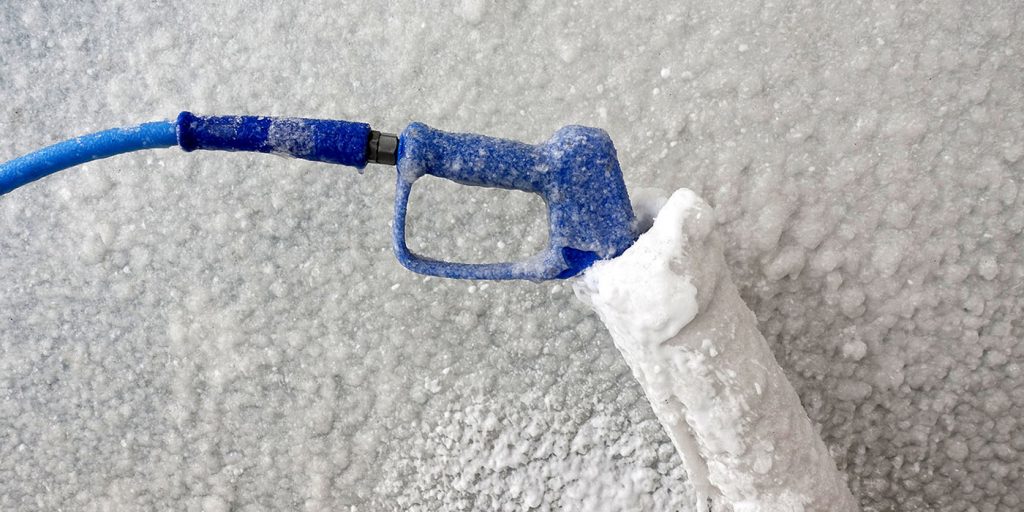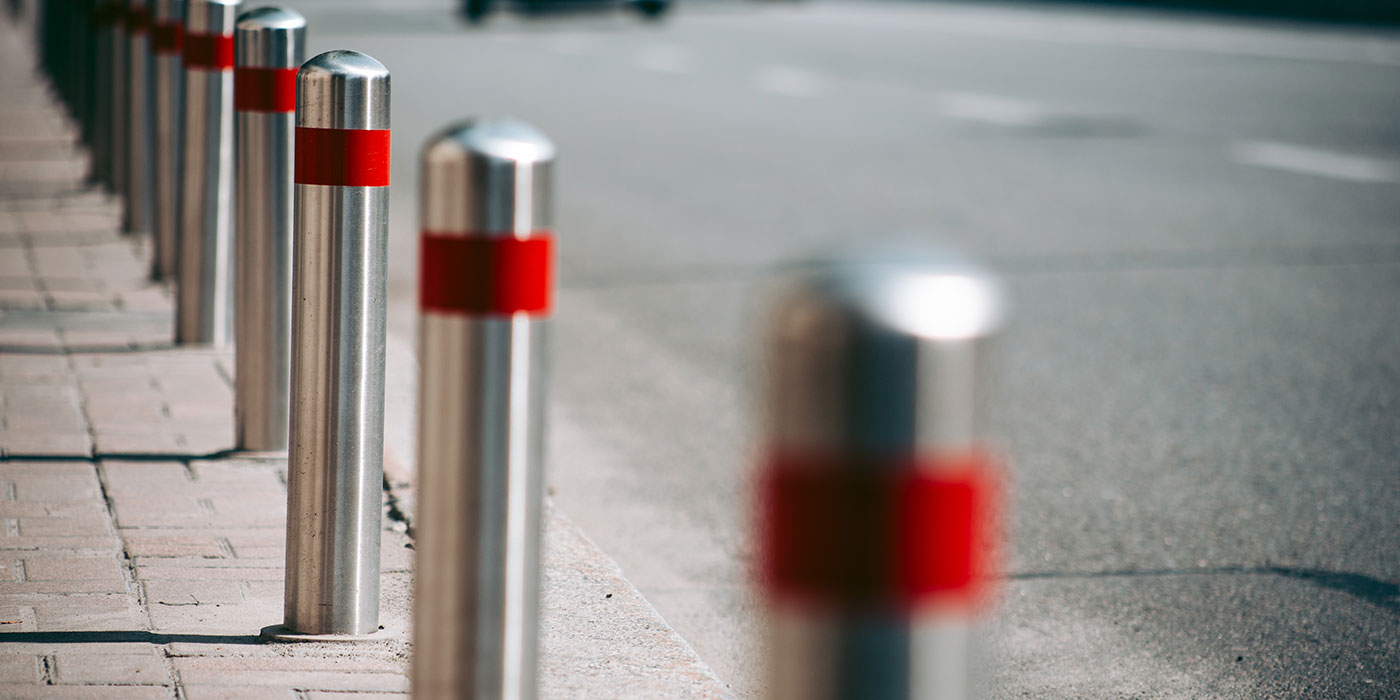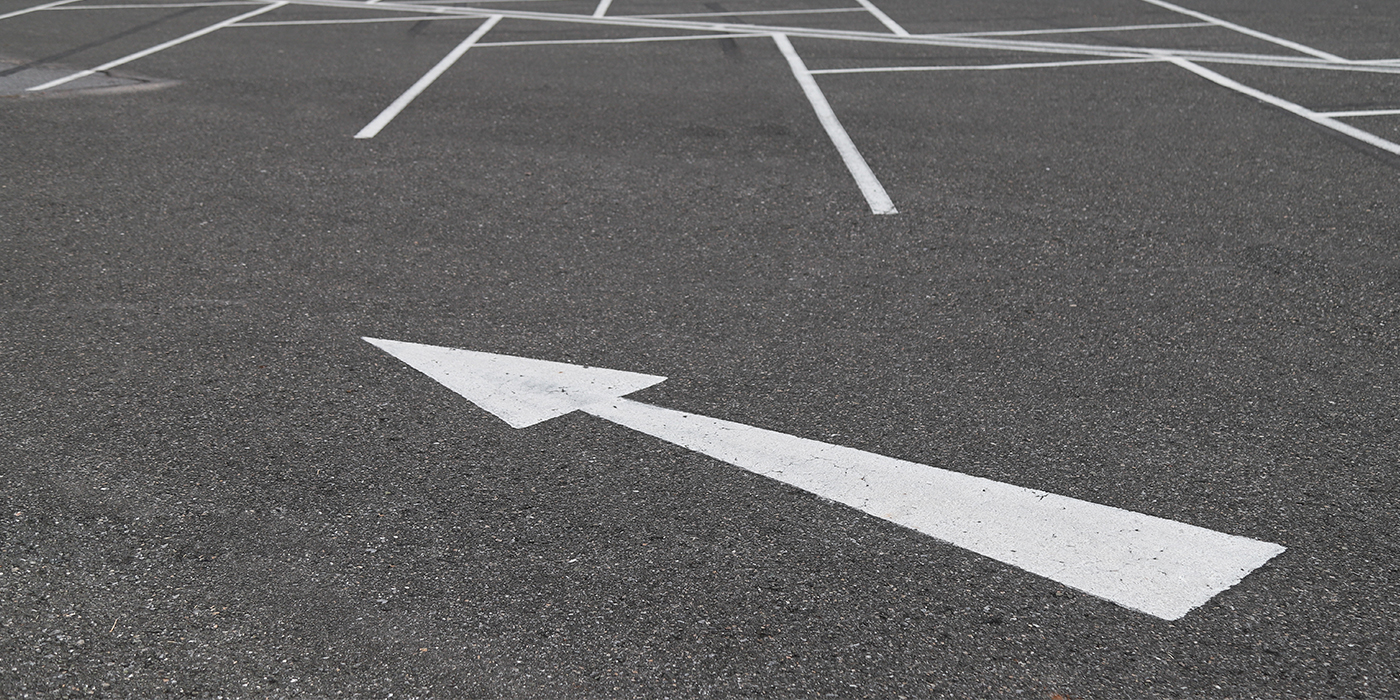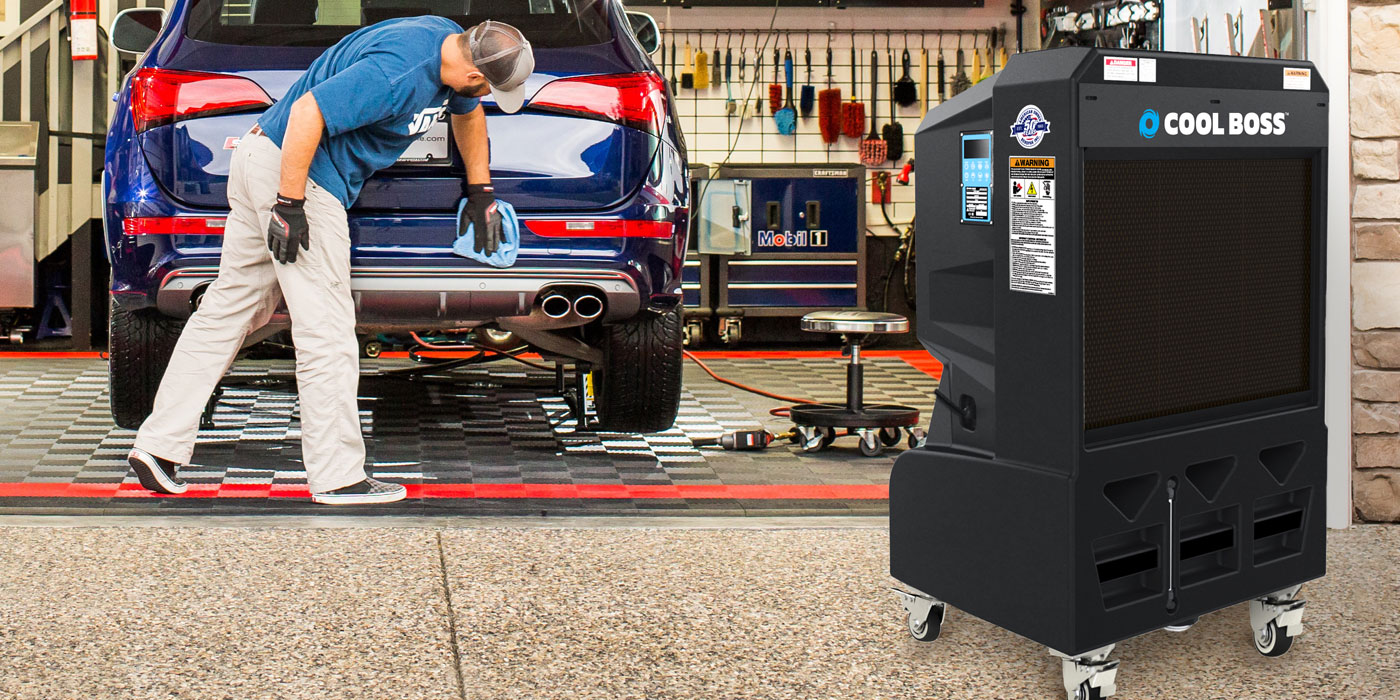When the weather outside is frightful, a carwash can become anything but delightful. The worst thing that can happen to a carwash is to shut down during a busy winter day. Unfortunately, being unprepared for frigid temperatures can mean your equipment and tunnels/bays freeze over with all the moisture that accumulates in them.
No time to read this article? Listen to it instead!
If you live in a region of the country that sees extended periods of sub-25-degree days and nights, it’s vital that you keep your carwash protected against the winter elements. Not having heating systems or keeping them poorly maintained is one reason carwashes will freeze over. For carwashes in warmer climates, even a freak winter storm can cause a devastating freeze in your carwash, encasing everything in ice.
Related: Carwash winter preparation
In this article, we look at some of the ways to prevent freezing in your carwash with the use of weep systems, anti-freeze detergent and heating to keep you running through those profitable winter months.
Don’t weep over spilled water
“Probably the most important piece of equipment for most self-serve operators [in the] winter is their weep system,” states the staff from Kleen-Rite Corp. A weep system is a steady, low-pressure delivery of water that streams through the supply hoses to and through the self-serve bay wands as well as miscellaneous nozzles of in-bay automatic (IBA) equipment.
According to Dave Edwards, owner of The CAR WASH on Hamlin Hwy. and the CAR WASH on Rt. 6, “Most modern wash systems are thermostatically controlled and potentially have a manual bypass valve. It is easiest in the fall just to turn on the system and let it run until spring. Some thermostatically controlled weep systems regulate the delivery of water based on outdoor air temperature. So, it shuts off when not required and turns on when required. The safe zone is 38 to 40 degrees.”
The way these systems work is, based on the outside temperature, the microprocessor-controlled system will automatically cycle your existing normally open solenoid valve, allowing water to flow through pumps and out of the pressure gun assembly to prevent freezing.
Every fall, you need to make sure the sensors and solenoid valves associated with your weep system are functioning properly. Test the system by disconnecting the power source.
Up the anti-freeze
Weep systems are the only anti-freezing option for high-pressure wands. In the past, they were commonly used for foam brushes as well. However, most carwashes today prefer to use anti-freeze chemicals instead of a weep system for foaming brushes for several reasons.
The main advantage operators found when tying their foaming brushes to weep systems was that they didn’t have to change out chemicals when the temperature dropped, and they used much less chemical than with anti-freeze detergents. However, there were also several disadvantages, including the following:
- Higher water use
- Weep water ending up on the floor, causing potential problems with ice and lawsuits
- A delay in foam brush soap getting to the brush, since the water in the line had to be pumped out first
- Possible mechanical malfunction with the system, thus leading to a freeze-up.
With so many disadvantages, it’s no wonder carwashers sought a different solution. “Gone are the days of weeping your foam brush in the winter months,” the Kleen-Rite staff proclaims. “Today, most people use a methanol-based soap product instead.”
Using these anti-freeze detergents eliminates all of the disadvantages of using a weep system for foam brushes (as well as the added advantage of using less oil in your floor heaters, since you don’t have the extra weeping). However, the largest disadvantage to using anti-freeze detergents is the chemical cost, as you will go through anti-freeze soap much faster than regular soap.
“Another disadvantage is it’s somewhat more hands-on than weeping,” the Kleen-Rite staff says. “If you want to avoid using more chemical than necessary, you must change the metering tip in your hydrominder as the temperature drops.”
You also can’t forget the chemicals at your vacuum and detail stations. Change out your chemicals to the winter shampoo, spot remover and carpet protectant, which will be usable to around 5 degrees Fahrenheit. As for fragrances, Kleen-Rite’s staff recommends using oil-based ones, since that formula is good to about 0 degrees Fahrenheit and will not stain.
While you’re changing out the chemicals at your islands, it would also be a good idea to change out your seasonal bay offerings. Just as in spring you want to counteract bugs, in winter, you want to counteract salt.
“With a big increase in the liquid brine mixture that many states are going to for road clearing, it proves to be more difficult to remove from vehicles,” Kleen-Rite’s staff says. Therefore, you might consider offering a desalting chemical that removes salt and calcium from a vehicle’s surface. Swap out your low-pressure-function bug remover, for instance, with a desalting product. For touchless and tunnel operators, Kleen-Rite’s staff adds, you can use a desalter as a low-pH pass.
Freeze! Put your heat in the air
Another essential part of keeping your bays from freezing over is to, of course, use heat. But, there are different types of heaters that are preferable for different carwash types as well as different parts of the carwash.
“For self-wash bays, hydronic radiant heat built into the concrete slab is a must,” Edwards says. “For tunnels where the entry and exit doors open and close with transactions, infrared gas tube heaters may be the safest and most consistent [options]. And, [running] infrared [heaters] overnight allows the equipment to absorb the heat.”
Forced air heating is another option, according to Edwards, but if space is a concern, it’s important to note that an HVAC unit takes up a lot of room to service the interior of a tunnel.
Finally, you will need truss trough heating. “Most carwashes run their supply hoses and tubes overhead and in the attic space out to each bay,” Edwards explains. “Having and/or installing an electric heat trace cord or one hydronic radiant tube line bound with all of these hoses will keep the fluids warm and protected.”
In addition, Kleen-Rite’s staff says that you need to check your heaters a few times before the winter weather drops. Be sure to check the thermostats and fans in the equipment rooms and automatics, the pressure of your floor heat system (adding anti-freeze if needed) and the heater lines in your trough to confirm they are enough to keep the surrounding hoses unfrozen.
The snow must go on
Edwards notes that there are a couple other things you need to make sure to do to keep your carwash from icing over. The key task: salt the property.
“Even if there’s no snow, the overspray of water at the entry and exit of the bay can get frosty. It is a good idea to spread out some salt where people may walk or stand. Also, try the colored halide salt. Then, people know it’s there, and your insurance company will thank you if you ever face a slip-and-fall claim,” Edward states.
In addition, he notes that you should use a lightweight oil to lube the rollers, tracks and coil spring of your overhead doors as well as the horizontal seams between door panels, if applicable, to protect them from freeze-ups on the coldest of days.
When water is your business, you have to keep it liquid to keep your cash flow flowing. With a combination of weeping, anti-freeze detergents and heating, you can keep your carwash from becoming a winter wonderland even when the rest of the world freezes over.














